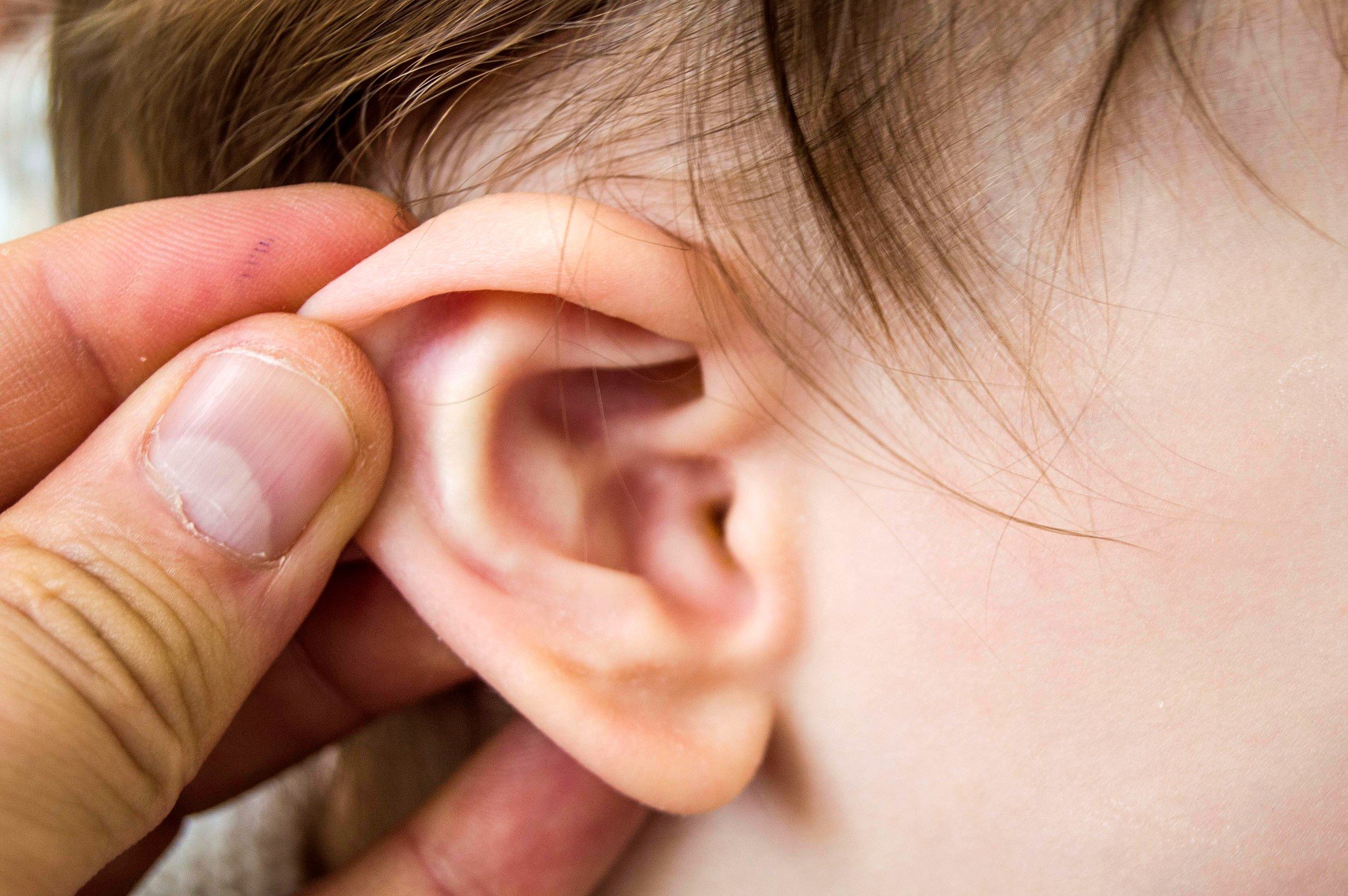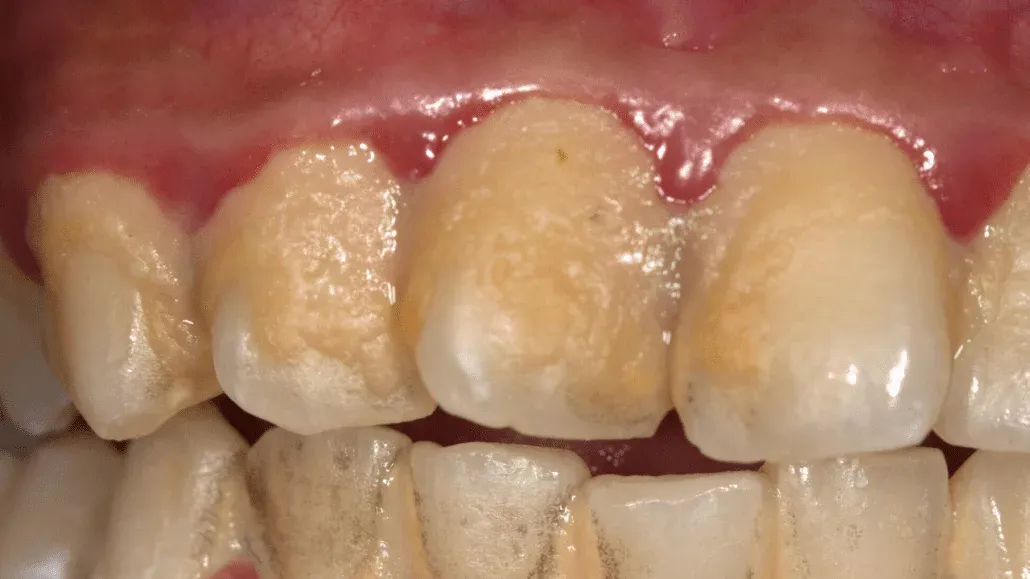Ear infections are more common than you might think, affecting people of all ages—but especially children. While some ear infections clear up on their own, others can lead to serious complications if left untreated. Recognizing the symptoms early is key to getting the right care and preventing further issues.
Here’s a look at six important symptoms you should never ignore, along with the most common causes of ear infections.
6 Symptoms of an Ear Infection

1. Ear Pain or Discomfort
One of the most noticeable symptoms is persistent ear pain.
This pain can be sharp, dull, or burning and may worsen when lying down. In children, signs may include tugging or pulling at the ear.
2. Hearing Difficulties
If you notice muffled hearing or a sense of pressure or fullness in the ear, it could be due to fluid buildup from an infection. Temporary hearing loss is a common sign of middle ear infections (otitis media).
3. Drainage from the Ear
Fluid leaking from the ear—whether clear, yellow, or bloody—can indicate an infection, particularly if the eardrum has ruptured. Discharge is a clear signal that medical attention is needed.
4. Fever
Ear infections, especially bacterial ones, often cause a low-grade or high fever. If fever accompanies ear pain, especially in young children, it’s important to seek medical evaluation.
5. Balance Problems or Dizziness
The inner ear plays a crucial role in maintaining balance. Infection in this area can lead to vertigo, dizziness, or difficulty walking straight.
6. Irritability and Trouble Sleeping (Especially in Children)
Because lying down can increase ear pressure and pain, children with ear infections often have trouble sleeping, may cry more than usual, and appear generally irritable or unsettled.
Common Causes of Ear Infections

Ear infections typically occur when viruses or bacteria cause inflammation and fluid buildup in the middle ear. Here are some of the leading causes:
1. Respiratory Infections
Colds, flu, and sinus infections can lead to swelling and congestion in the nasal passages, throat, and eustachian tubes (which connect the throat to the middle ear), creating conditions that trap fluid and cause infection.
2. Allergies
Seasonal allergies or reactions to dust, pollen, or pet dander can cause similar congestion and fluid retention in the ear, increasing the risk of infection.
3. Bacterial Infections
Streptococcus pneumoniae and Haemophilus influenzae are two common bacteria that can cause middle ear infections, especially in children.
4. Changes in Air Pressure
Sudden changes in pressure, such as during air travel or scuba diving, can affect the eustachian tubes and make the ears more vulnerable to infection.
5. Anatomical Differences
Children are particularly prone to ear infections because their eustachian tubes are shorter and more horizontal, making it easier for bacteria and viruses to enter and fluids to become trapped.
When to See a Doctor

While some minor ear infections may resolve on their own, it’s important to seek medical attention if:
-
Symptoms last longer than two days
-
Pain is severe or getting worse
-
There is discharge from the ear
-
Hearing loss occurs
-
A child under six months old shows symptoms of an ear infection
Early treatment with medications like antibiotics (for bacterial infections) or supportive care can prevent complications such as permanent hearing loss or the spread of infection.
Final Thoughts
Ear infections are common—but they shouldn’t be ignored. By recognizing the symptoms early and understanding the potential causes, you can take steps to protect your hearing health and get the treatment you need.
If you or your child experience any of the warning signs above, consult a healthcare professional for diagnosis and care.



